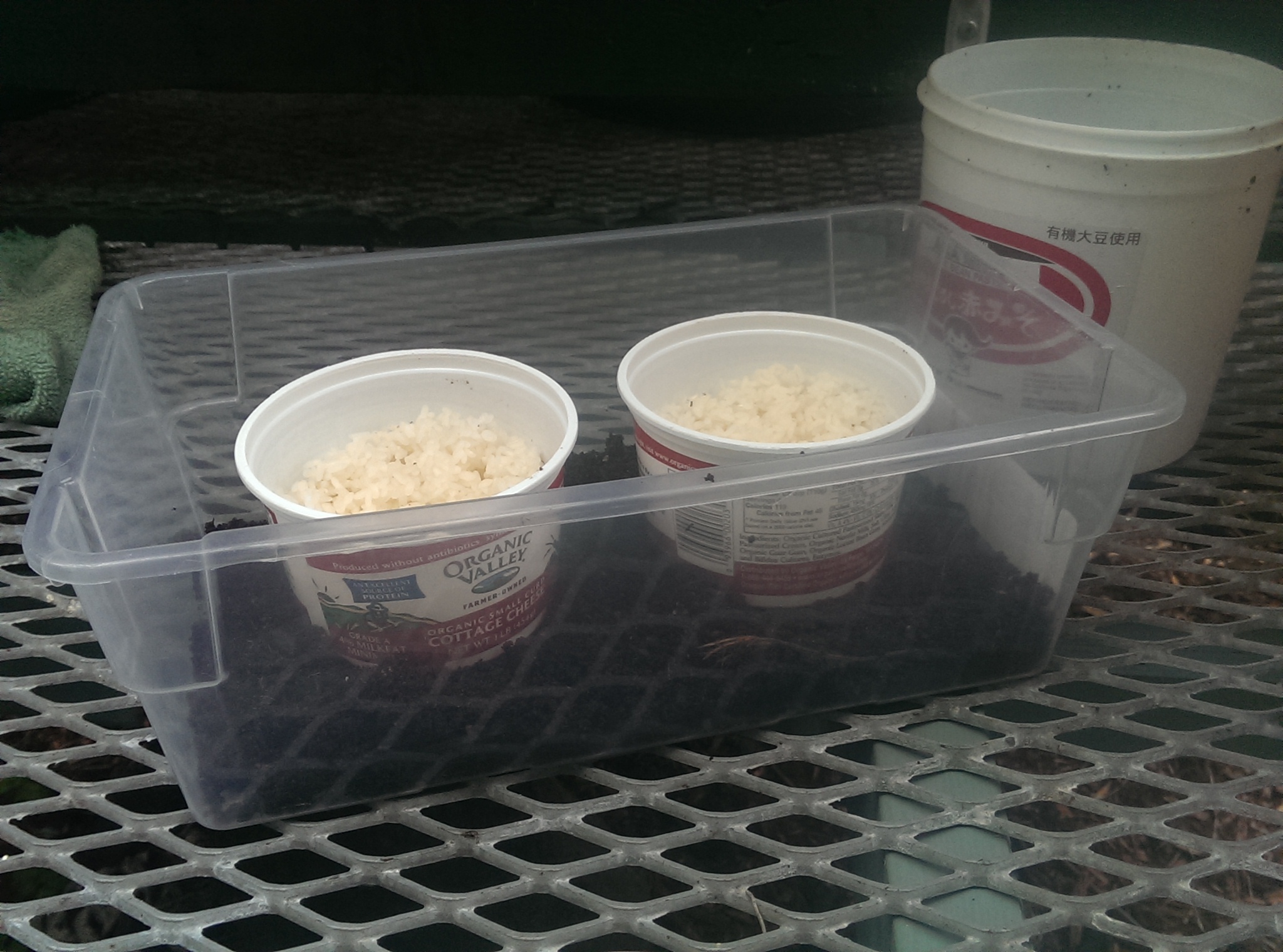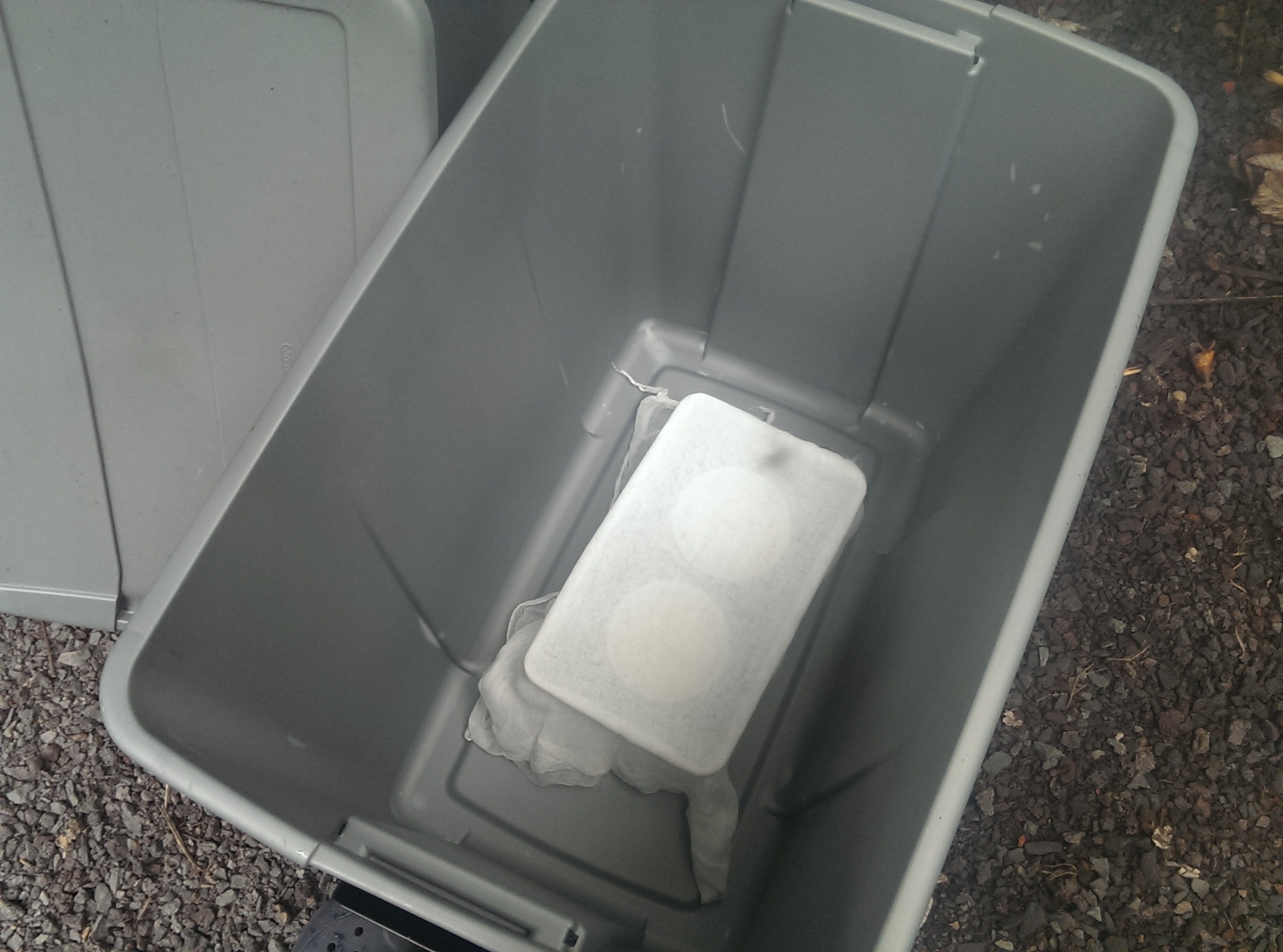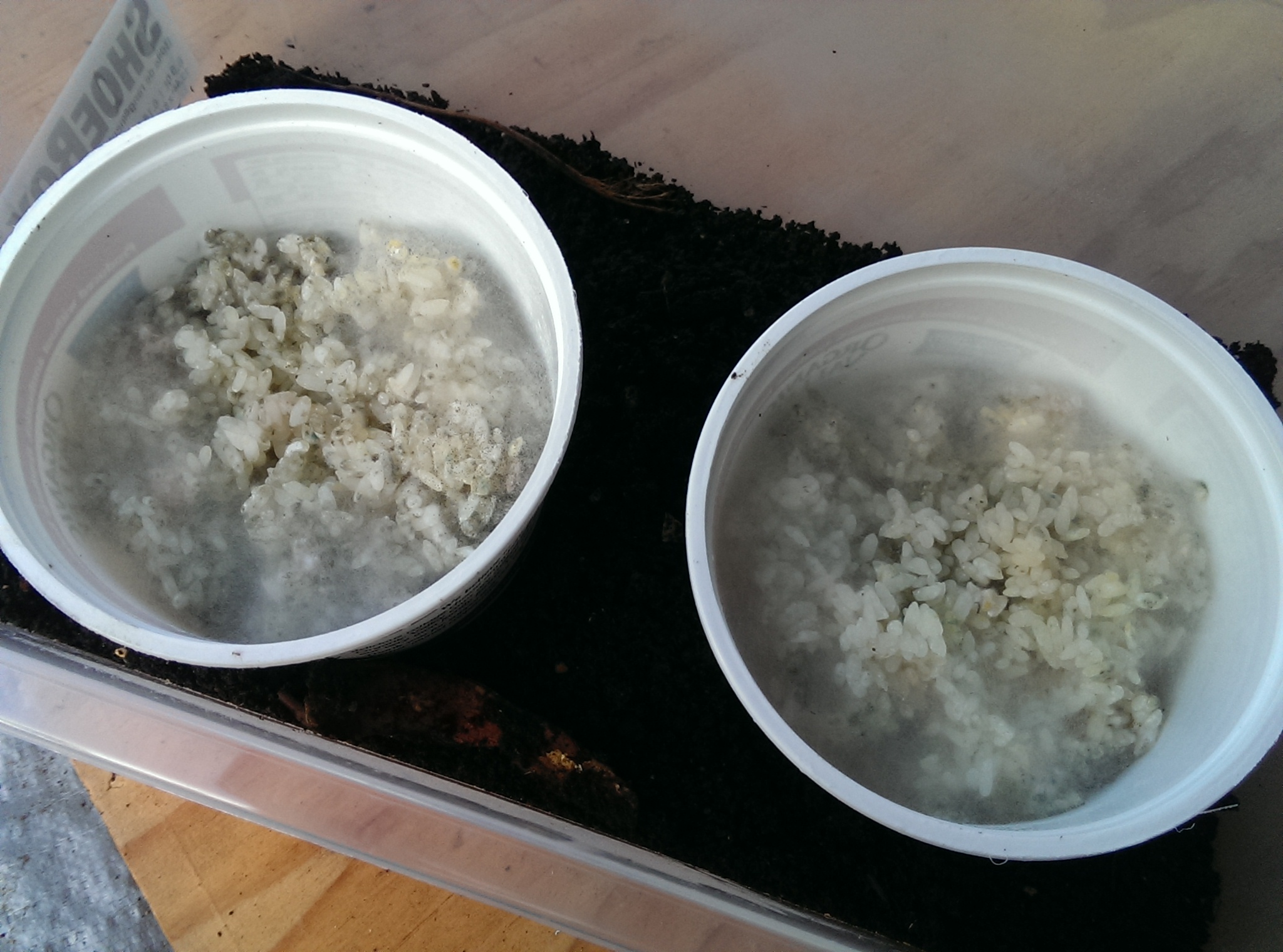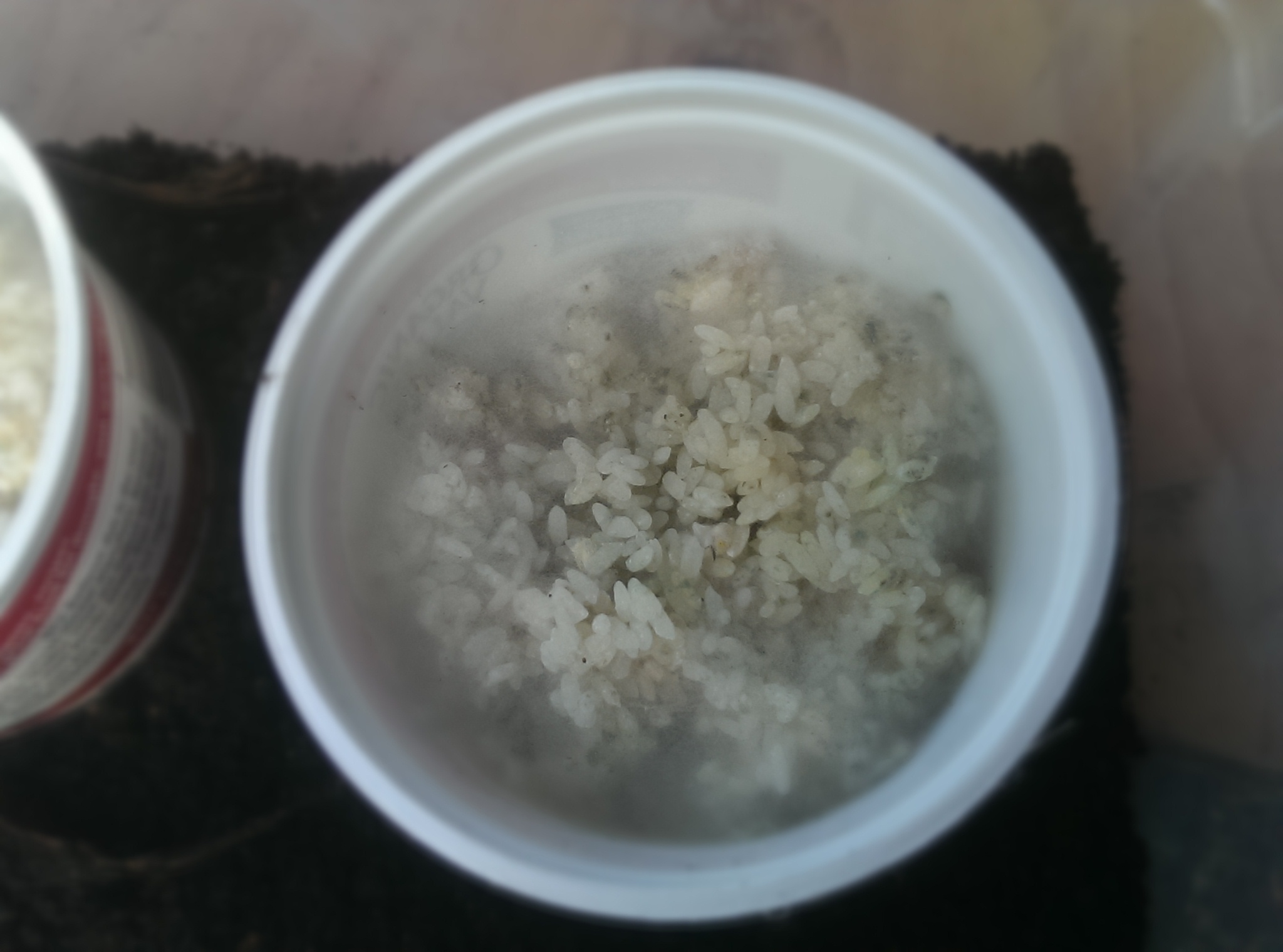IMO 1: Indigenous Micro Organisms
In Korean Natural Farming it is taught to collect indigenous microorganisms from our local environment and culture them for use into our garden beds and to our plants as a foliar spray. Collecting and utilizing the IMO’s will assist and encourage the re population of organisms in your soil for optimum soil health which in turn creates balanced, healthy plant growth and production.
Collecting IMO’s from you area is greatly encouraged because the organisms are already adapted to the climate and environment for maximum strength and efficiency, so basically no jet lag from these guys once their on the clock. IMO’s can also come from two different sources: bacterial and fungal. Bamboo patches and vermicastings can provide a bacterial environment and old growth forest can offer fungal.
It is also beneficial to make collecting, culturing, and applying IMO’s to your soil regularly. The consistency maintains an abundant living soil for all your plants to thrive in. Not only will it show to be beneficial to the plants but also contribute to a rich eco-system in your land.
Supplies Needed:
-Clean Rubbermaid storage Bin
-Clean small plastic “shoe box” style container
-Clean containers such as a large yogurt or cottage cheese container
-White rice
-Non Chlorinated water
-Cheese cloth
-String or bungee to secure cheese cloth to small container
-Castings from worms (contains bacteria)
(Note– there are many great videos and documents on how to collect IMO online however after experimenting with multiple ways here in the jungle, it shown to be too wet and damp which collected black mold along with fire ants infesting the process. The system below mimics an atmosphere that is contained and helps keep out the jungle moisture and mass amounts of fire ants.
The system is basically a dry, clean space (Rubbermaid Storage Bin) with the worm casting inside. The cooked rice will capture the bacteria contained in the casting and be able to populate in a clean, dry environment.
Recipe:
-Make “hard cooked” rice in rice maker. Hard Cooked rice is rice that is cooked to be as dry as possible, so you want to avoid making a moist or sticky rice. To make hard cooked rice you add no more that half the amount of water to rice.
Example: if you measure 3 parts rice you add 1.5 parts NON CHLORINATED water. Cook in rice cooker.
-Fill container (yogurt or cottage cheese container) with cooked rice loosely.
-Place the cooked rice container into the larger “shoe box” style container that contains collected vermi castings in the bottom. The castings contain the bacteria that will be captured and populated on the cooked rice. Cover this container with cheese cloth and string containing both casting container and cooked rice container.
-Both of these containers will be placed in the larger clean Rubbermaid storage bin which will act as the simulated clean, dry environment for the IMO’s to be created in.
-Place the Rubbermaid storage bin (with lid) in a very dry and shaded area. The dryer and cooler (meaning cooler for the jungle) the better.
-Check on the cooked rice container daily to monitor the growth of the IMO and to make sure it is not getting contaminated by moisture or bugs.
-When a fluffy white substance has spread over the cooked rice- the IMO is complete. Do not let it sit too long or it will develop other molds that will contaminate the pure IMO that you are aiming to capture.



